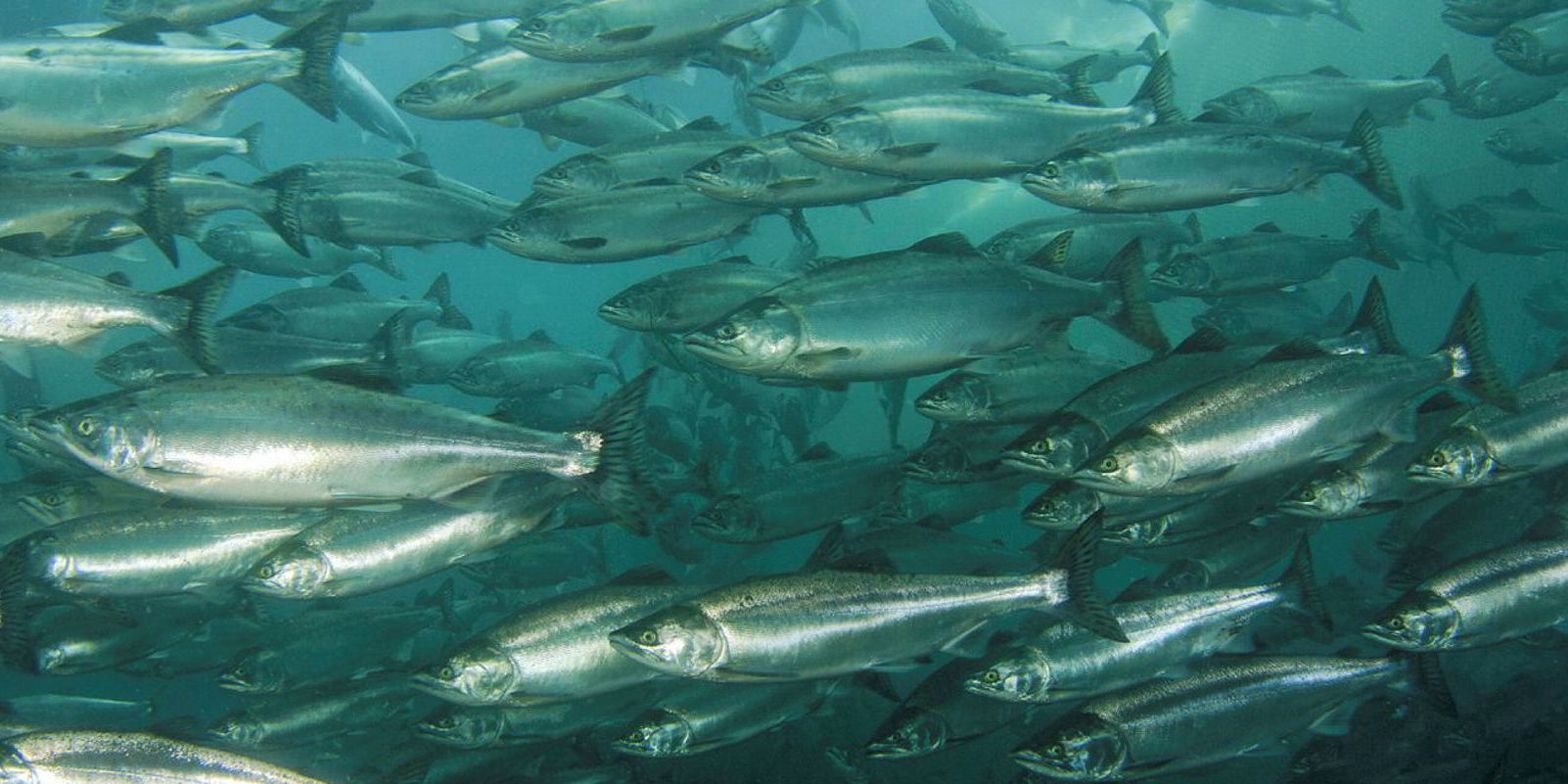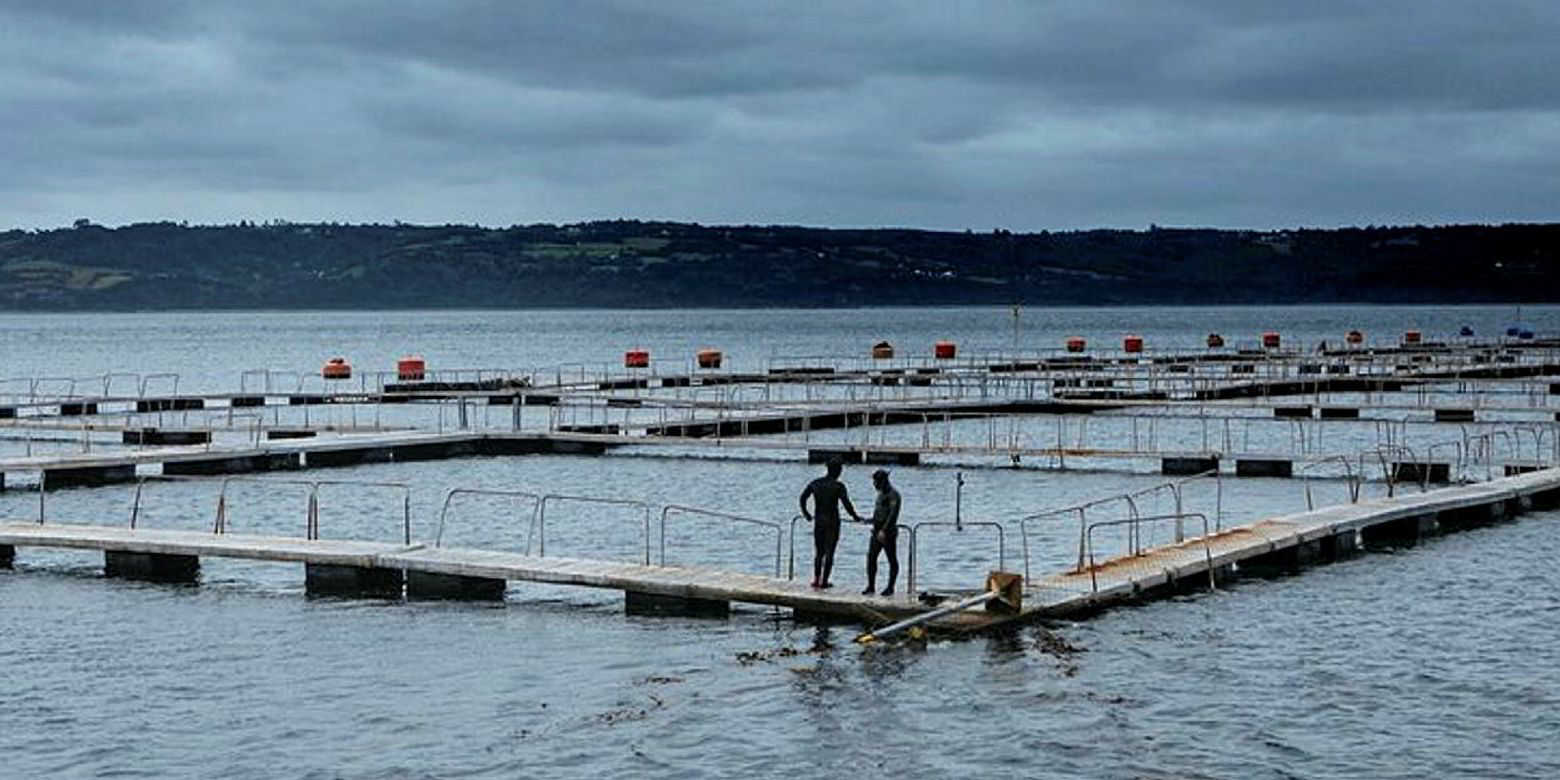(The following letter was sent to IntraFish by David Aroca, RAS facilities expert with experience in projects including Salmones Camanchaca and Salmones Magallanes RAS operations).
I have 10 years of experience in Chile producing salmon in different recirculated aquaculture systems (RAS), and in response to Lola Navarro's article ("Will the land-based aquaculture bubble burst?"), I can tell you this: mega-RAS Atlantic salmon production projects will oust traditional farms.
There are a range of reasons. In southern Chile, the salmon industry is being increasingly rejected due to the pollution its open netpens generate, and because of the immense returns pharmaceutical companies are making by selling and using antibiotics and anti-parasitics to the industry. Low salaries and bad working conditions are also a factor in the opposition to the sector.
If Chile produces close to 800,000 metric tons of salmon a year of which around 80 percent is Atlantic salmon, most of which is exported to the United States with a live weight production cost of $6 per kilo, what would make you think the 220,000 metric tons that Atlantic Sapphire alone plans to produce on its final stage won’t replace, at least, a large portion of the Chilean produce in that market?
I agree the technology is expensive. That’s why the location of the project is important. Even more important is the species to be farmed at the site and its tolerance to CO2 during production.
You can only eliminate CO2 with energy -- the more CO2 you want to eliminate, the more energy you will consume, which is the highest cost in RAS. This is why a species as well-regarded and valuable as rainbow trout is non-viable for RAS production: it has a very low tolerance to CO2 -- half that of Atlantic salmon.
The ever-increasing per kilo costs in netpen salmon production due to mortalities, operational costs and logistics, regulations, and health issues such as viruses, bacteria, microalgae and parasites are only getting higher. You take a high risk when you depend on production in the natural environment where you have no control of practically anything.
Regarding this last point, since salmon is a cold-blooded animal and depends on ambient temperature to regulate its metabolism and growth, the fish in the sea go through winter practically without growing, so to reach a market harvest size they need between 15 and 22 months of production.
In an RAS site at 16 degrees Celsius (the maximum tolerance temperature documented as of now), the production cycle could be reduced considerably, by up to 40 percent, and even more if they begin to produce GM salmon.
--
Interested in land-based salmon farming? IntraFish has unparalleled coverage on the emerging sector, go to www.intrafish.com/topic/landbasedsalmon/ to learn more about the topic, and sign up to our free salmon newsletter here!



